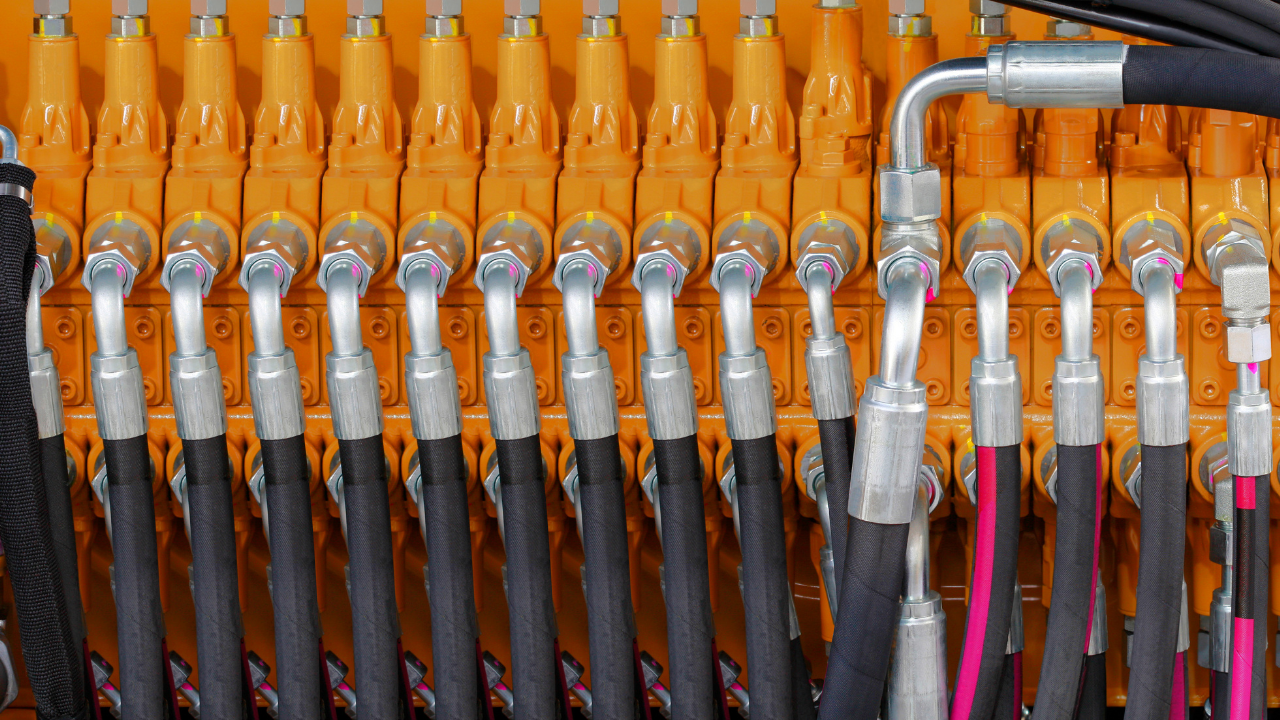Safeguarding Hoops, Health & Harmonization: Design Standards Do it All
Joseph J. Lazzara
Standards make an enormous impact on our work environment, our home life and recreational activities. They are so pervasive in nearly everything we do and purchase, yet their contribution is virtually invisible.
Life without standards would result in near chaos for both manufactures and consumers. Just think if you could not rely on the strength of a critical fastener in an aircraft fuselage, the quality of the glass in a high rise building, the voltage fluctuation of the electrical grid at a faraway vacation destination, a crucial replacement for an electrical motor, the purity of a critical medication or the mere annoyance of not finding a correct battery for that digital camera. In short, as consumers, we would soon notice the lack of design standards when the safety, quality, fit, reliability and compatibility of the products we consume, purchase and rely on are compromised.
Standards do not only affect consumers, but citizens, employees and professionals. Standards enable global commerce by enhancing international trade, eliminating localized trade barriers, providing a design standard quality system by which manufacturers can rely on the quality of their suppliers and enabling designers to simplify their product portfolio. Craig R. Barrett, chairman of Intel, commenting on standards, stated, “Standards that have been adopted globally, free companies to compete in various markets around the world without having to develop multiple versions of a product.”
The way we enjoy sports and recreation is even impacted by standards. For example, ever since 1891, when James Naismith, a minister, doctor and athlete, nailed up two peach baskets in Springfield, Mass and shot a soccer ball into them, we all think of basketball as an American sport, but wait – believe it or not, there is a certain element of German DIN standards that have had a key impact on the game of basketball, according to a recent article in the Wall Street Journal.
It seems that a critical part any basketball game is the wood flooring, something which the fans generally take for granted, but not so the players. Basketball floors are highly engineered surfaces, made of three-quarter inch thick tongue-and-groove northern hard maple, laid on plywood and supported by sleepers. One manufacturer of the flooring, Robbins Sport Surfaces of Cincinnati, Ohio, even sells a floor that controls its acoustics so the sound of a bouncing ball is more uniform across the surface. A variation in the sound of the bounce could lead players to incorrectly assume there is a dead spot while running down the court for that winning lay up.
In 1988, Robbins started a technical race in the sport flooring industry by adopting the German Institute for Standardization, or DIN standards for sports flooring. These standards created a superior surface for the game, requiring that the ball has to bounce at least 90 percent of the drop height, and the floor must absorb 53 percent of the forces applied to the surface. This re-engineered surface provided more bounce, and hence faster play to the game, while the superior absorption reduces injuries, like sprained ankles and shin splints, critical to college teams in pursuit of making the Final Four. In the United States, we have been playing basketball for nearly 100 years, but never bothered to adopt a standard for the game’s surface!
How does the design engineer, sales or marketing person keep themselves informed of the current standards which impact their product designs, perhaps with the concept of improving your product or adding a competitive edge, such as in the case of Robbins Sport Surfaces? Perhaps even more important are the future standards, under development by committees of your peers, competitors or users of your product, which may render your next product design obsolete before it is even launched. The following suggestions will help keep you informed on future trends and up to date on current issues regarding international standards.
Join Up!
One of the best ways to understand the often-complex world of design standards to is have your company join a trade association for your product, service or industry. Trade associations are often very involved in standards activities, something they consider to be a valuable service for their membership. By representing many companies in a particular industry, the trade association may be the voice of both consumers and producers, and be in a unique position to address the subtle nuances that involve standards development.
For example, if you are a machine tool builder or user, AMT, the Association for Manufacturing Technology (www.amtonline.org) is the secretariat association for all of the ANSI B.11 Machine Tool standards. This is a good example of a trade association for a specific market segment. A broader industry example is the AeA – Advancing the Business of Technology (www.aeanet.org), a trade association for the technology, electronics and software industries. The AeA has been very active in keeping its members informed of the various electronic waste or “e-waste” standard initiatives and regulations regarding certain hazardous materials used within electronics products. In keeping with the international scope of standards, these e-waste activities are found in the European Union, China and certain states in the United States, such as California.
If your company is not a trade association member, another suggestion is to join a professional organization representing your career path. I am sure you are familiar with many such as the American Society of Safety Engineers, (www.asse.org), which also has an extensive program on standards activities. In fact, the ASSE is the secretariat for eight standards activities, ranging from motor vehicle fleet to construction and demolition safety.
Get Engaged!
Now that you are involved with a trade or professional association, get engaged with their standards review and advancement activities. It is an excellent opportunity to stay on top of critical standards that affect your company, be on the forefront of new standards under development and network with peers and customers in your industry. This process is an ongoing, almost never-ending process. For example, each ANSI standard must be review every 5 years or else it is withdrawn. The ANSI process requires the review team to decide on one of the three R’s – revise, revoke or reaffirm without change each existing standard. It is a big task, and all performed by industry volunteers and trade associations.
Keep Informed!
Many of the organizations that produce global or domestic standards offer on their Web sites information on current standards development activities and updates to existing standards. Surprisingly, few offer a free e-mail newsletter or notification service. In some cases, you have to join the organization for this extra service. One exception is the International Electrotechnical Commission (IEC, www.iec.ch), a global organization which creates and publishes international standards for all electrical and electronic related technologies. IEC offers several e-mail alerts to select, covering everything from just published standards to technical committee details. ANSI publishes a weekly online document called “ANSI Standards Action,” which includes standards update activities globally. Unfortunately, most readers would find it too detailed and voluminous, and there is no way to limit to just the issues you are interested.
However, another way to keep informed is to use a paid subscription service that will alert you via e-mail of revisions, amendments and new publications on specific standards of interest. An excellent example is the eSubscription service provided by ANSI’s Electronic Standards Store (www.webstore.ansi.org). ANSI also offers a similar service called Standards Tracking and Automated reporting (STAR), which can be found at www.nssn.org.
Harmonization is Good for You!
Standards development historically occurring within each nation would cause absolute chaos for international trade. Have you ever been faced with seemingly minor, but annoying differences between the acceptability of electrical wiring color codes among various electrical codes? How about differences in emergency stops, safeguarding and control system design, which may cause a product change before completing that large international shipment? Harmonization is the way to correct this nightmare for the beleaguered machine designer. No, it is not the Rosetta stone of standards, but the impact can be similar. It is a concerted attempt by the global standards organizations to revise standards covering similar topics so they are nearly the same, eliminating these frustrating differences. A good example, for the U.S. market, is NFPA79-2002, the National Electrical Standard for Industrial Machinery, which underwent major revisions to align it more closely with IEC 60204-1, Electrical Equipment of Machines, the international electrical standard. To read more on this topic, please see my article in the January 2004 issue of Occupational Hazards, “Future Trends in Machine Guarding.”
Standards can also impact our security, as ANSI has just launched a homeland security standards database, in conjunction with the Department of Homeland Security. Clearly, we have seen how the subtle, often unseen world of global standards affects us in nearly all aspects of our lives, including business, home, sports and now even our nation’s security. Be safe out there!
Joseph J. Lazzara is the President and CEO of Scientific Technologies Inc. He is also a chairman of the Safety, Health, and Environmental Committee for the Association of Manufacturing Technology and a member of the board of directors for the American Electronics Association.
Related Articles
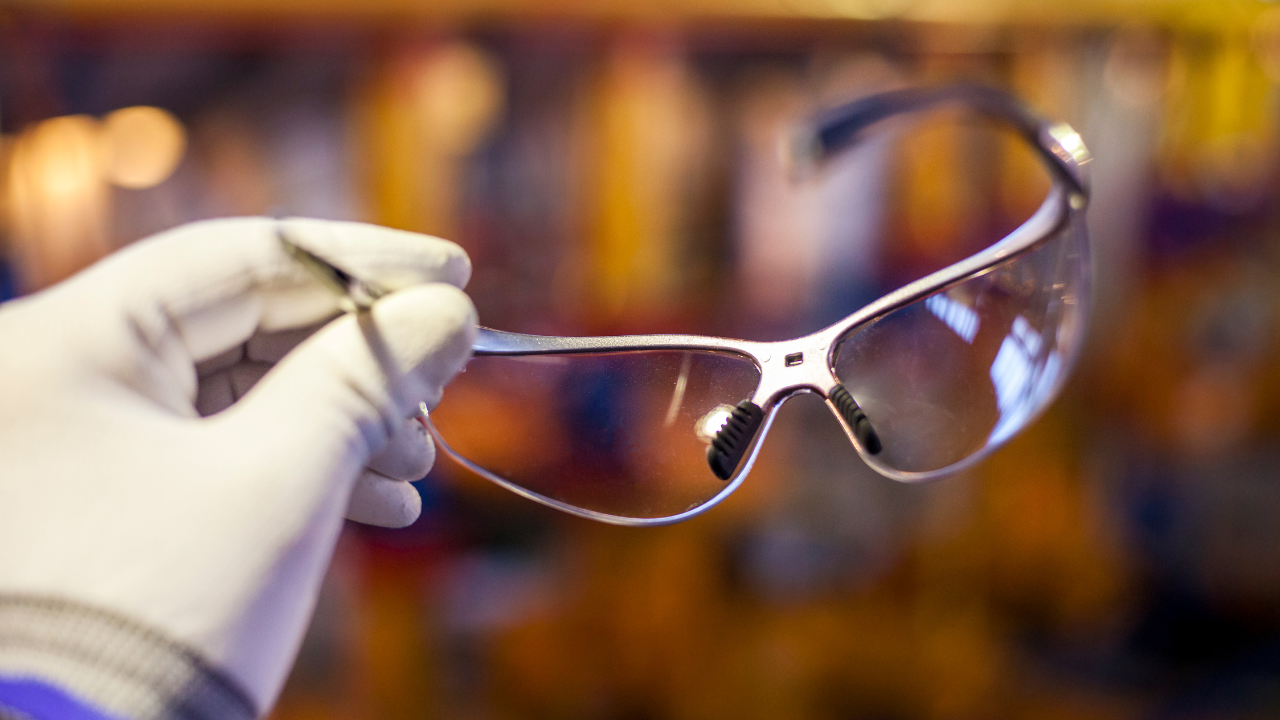
All About Eye Protection
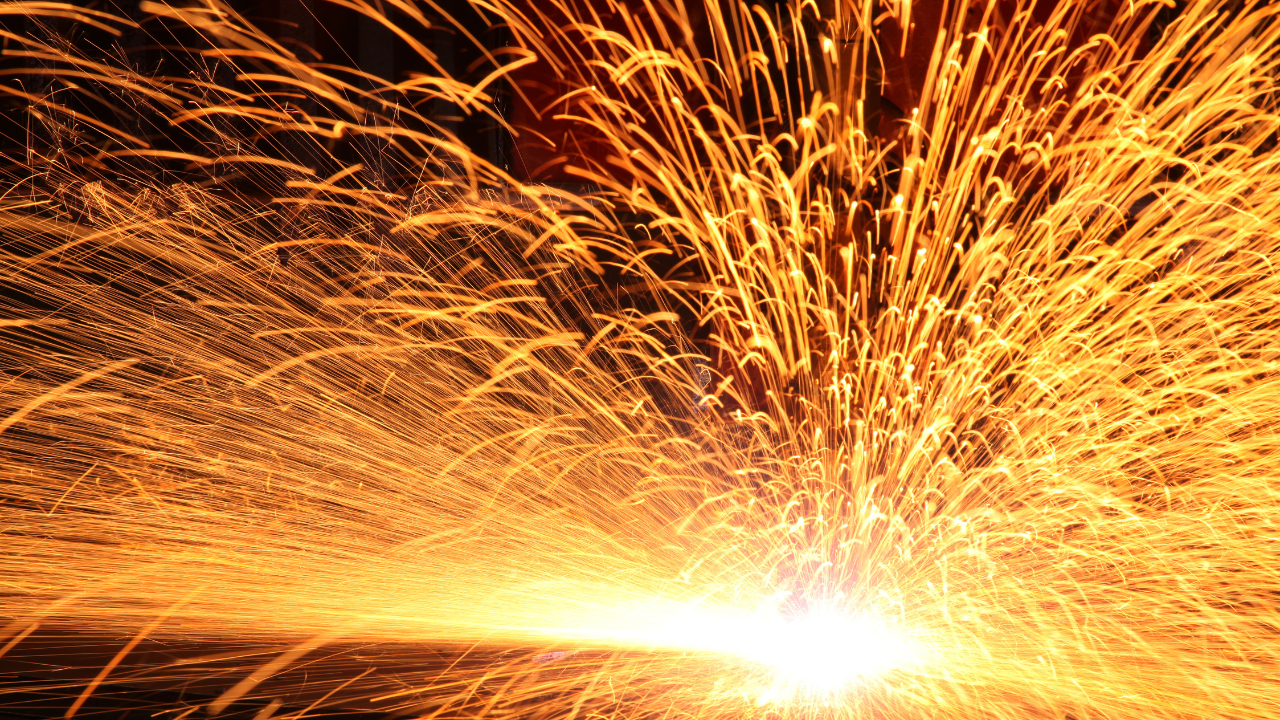
Arc Flash/Arc Blast Review with Safety Suggestions for Design & Maintenance
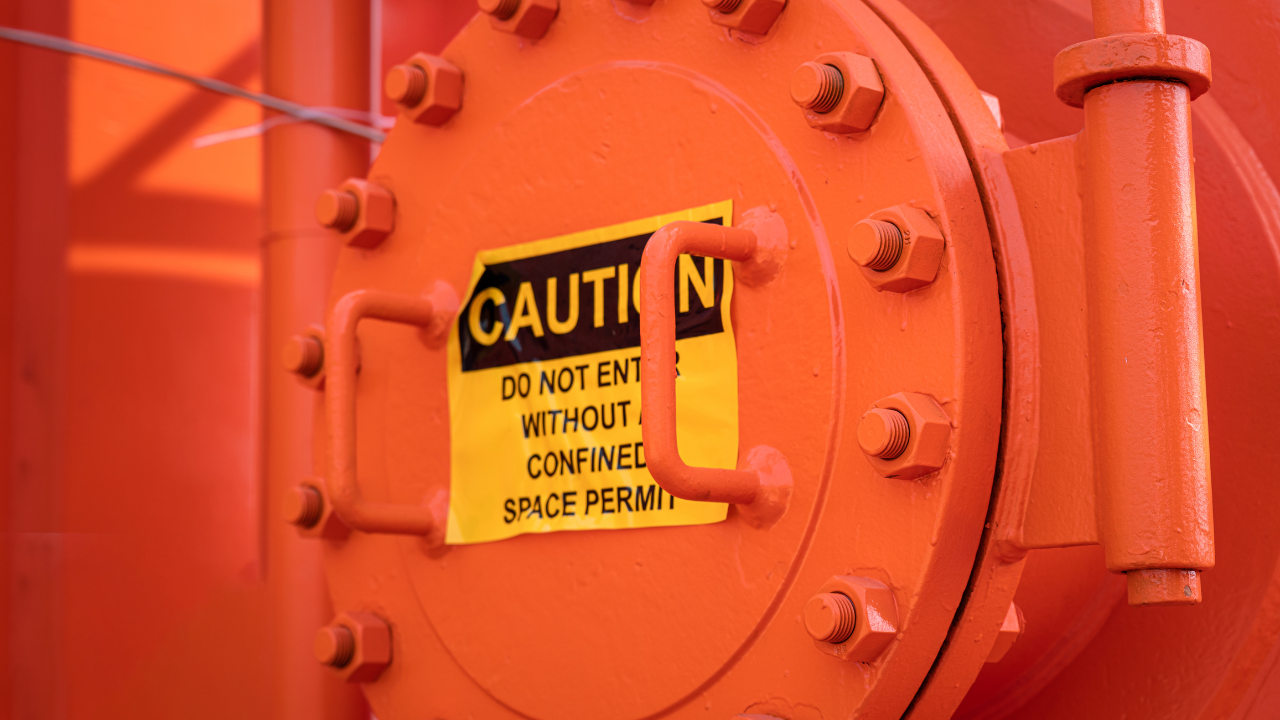
CSA Launches First Confined Spaces Standard in Canada

Do You Need NFPA 70E?
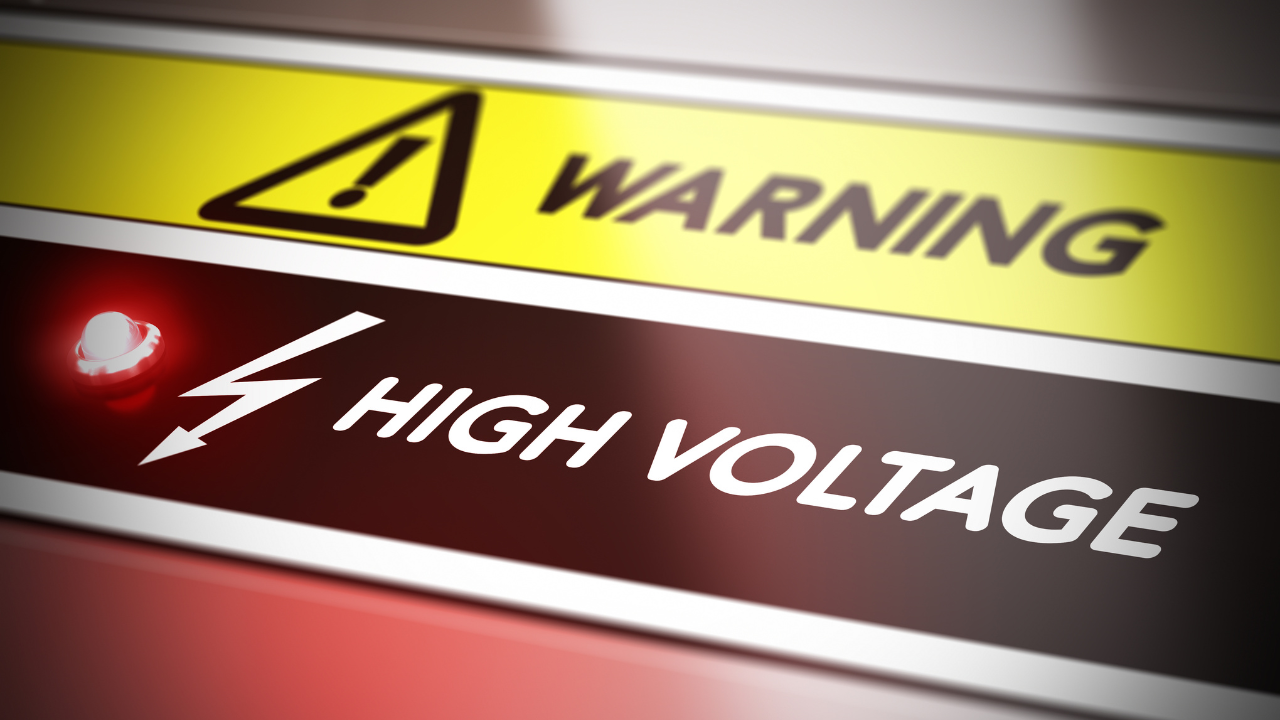
Electrical Hazards

Eye Injuries are a Serious Threat to American Workers
